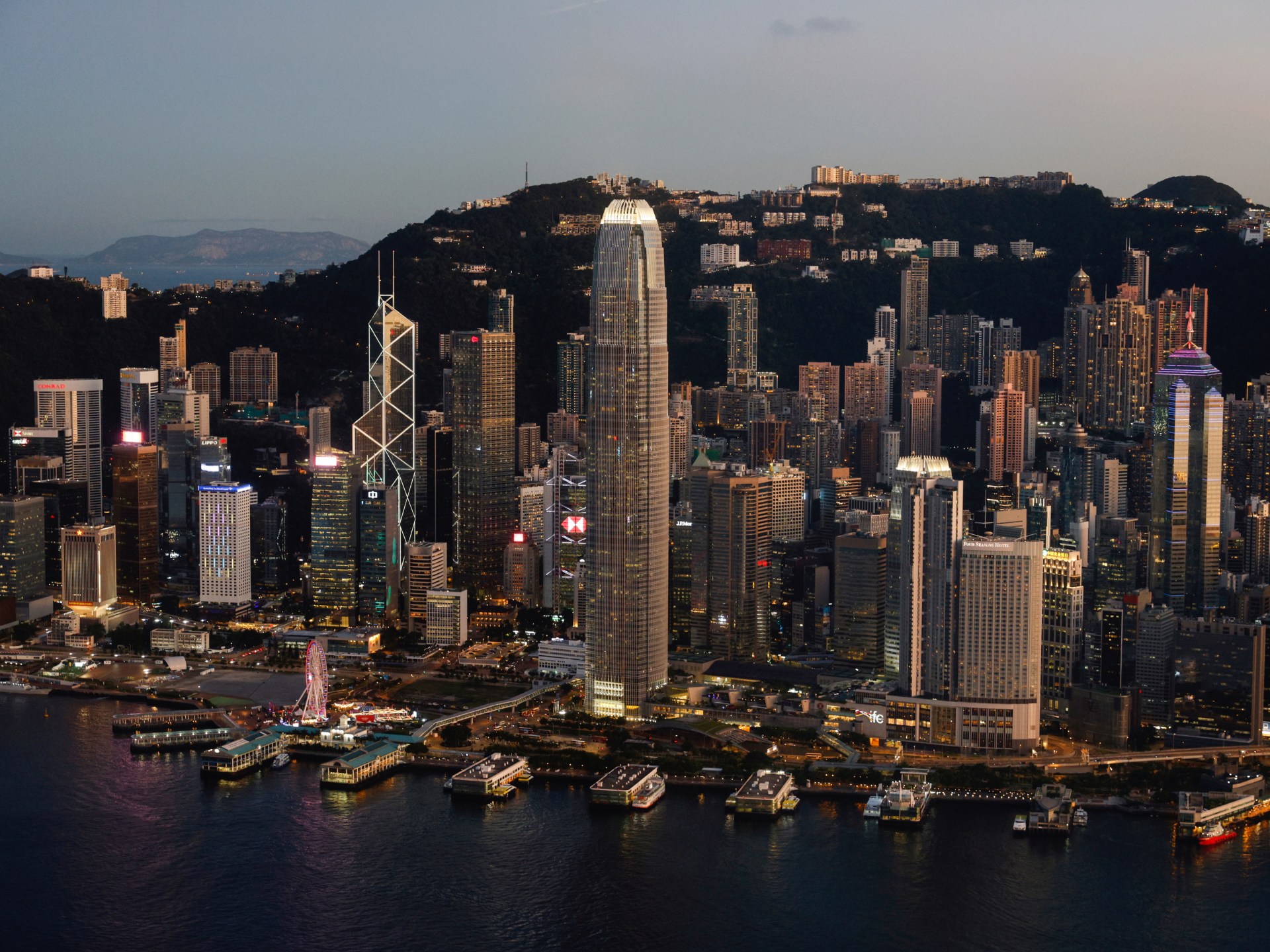America-nomics: Looking back at Johnson years to understand today
What’s happening with the US economy?
Is it booming? Jobs are up, wages are up, consumer spending is high.
Or is it on the verge of disaster? Crypto-currency has crashed, stock markets are down, the real estate market is slowing. Inflation is up and the Federal Reserve may act to control it. That normally brings everything down.
It’s confusing, to say the least.
The best way to assess an economy is not through theory but through historical comparisons. Unlike theory, history is factual. Theory is the theoreticians’ choice.
The situation today likely has the closest parallels with the late 1960s, the Lyndon Johnson into Richard Nixon years.
Here is why.
Donald Trump’s most significant economic policy was cutting taxes, primarily for the rich. We’ve seen that happen five times in the last 100 years.
Four times – in the 1920s, 1980s, a relatively minor version in the late 1990s, and in the 2000s – the exact same pattern occurred: tax cuts, primarily for the rich. A boom. Wealth increases at the top, which morphs into a series of bubbles in finance. Bubbles pop. A crash, followed by a recession or depression.
On all four occasions, real financial health came only after some reversal of those tax policies.
There was one exception. It came in the Johnson years.
The US has “marginal” income tax rates. Think of a layer cake. The government takes separate bites of each layer. The smallest from the bottom, the biggest from the top.
From 1944 to 1964, all income higher than $200,000 was taxed at 90 percent. Or a bit more. In 1964, that rate would kick in on all income higher than about $1.9m in today’s dollars. Johnson took the top marginal rate – that’s the important one – down from 90 percent to 70 percent. If you look it up, it’s almost always referred to as “the Kennedy tax cuts”. The reason is that the people who love and admire tax cuts are eager to add this one to Kennedy’s record and hate to give Johnson positive credit for anything. Their justification is that Kennedy “mentioned” doing it. But as with so much Kennedy mythology, it was Johnson who actually did it.
After the Johnson tax cuts, there was a boom. But it did not morph into a bubble. No crash. No recession or depression. Why did the Johnson tax cuts have a different result than the others? And what does it mean for the effect of the Trump cuts today?
All the other tax cuts were put through by the “markets good, government bad” people. Those tax cuts were accompanied by cuts in government spending and the withdrawal of government support for the middle and lower classes. All the benefits went – in accelerating form – to the top. As the concentration of investment money exceeded the ability of society to buy what that money would produce if it went towards actually producing things, that money went towards investing in itself. In finance. In multiple forms – stocks, commodities, real estate, consumer loans, and financial instruments. You could think of it as concentrates of inflation. Booms became bubbles. Bubbles burst.
Johnson was very much a “government good, does many things better than markets” person. He put through the tax cuts to get support for the things he really wanted: Massive spending on the middle class, labour, and the poor to build “the Great Society”. Medicare, Medicaid, Head Start, National Endowment for the Arts, PBS, the War on Poverty, public education, housing, and lots more. In addition, he had the war in Vietnam. War is normally looked at as a negative. But the historical fact – for the United States – is that wars are usually great for the economy. They bring full employment. Especially for that otherwise troublesome group – young men. Wars also demand – and allow – lots of government spending on science, technology, production, transportation, and services. Johnson’s spending on the Great Society and the war counterbalanced the increase of wealth at the top. That’s the closest historical precedent for current conditions.
This time things were divided up. Trump did the cuts, Biden did the spending.
COVID-19, bridging the two administrations, confuses the picture. It appears to be the cause of the crash of 2020. Actually, it was a blip. The tax cuts stayed in place. The concentration of capital continued. The bubbles – stock market, real estate, financial creations like crypto-currencies – resumed their rise. Now, they’re trembling.
COVID-19 also enabled Biden to spend. But the Republican commitment to making government fail was so strong and the Democratic majority was so slender that one person could cripple Biden’s ambitious agenda. And Joe Manchin did.
COVID-19 had the power to open a door for big government action. The Russian invasion of Ukraine also permits spending. It’s almost impossible to tell how much, but a large part of that comes back in payment for US military supplies and services.
Nevertheless, if the tax cuts continue, they will create a major crash. We’re already seeing the tremors and trembles that signal this. If the spending continues, however, it will slow that process, cushion it, and speed the recovery. If there is a crash, the worst thing to do is cut spending. The fantasy of austerity is a large reason the Great Recession was “Great” rather than “Moderate” or “Normal”. The great secret – though it’s visible for all to see and available from a few hours of research that anyone can do from home – is that full recovery comes – as a historical fact – only after the tax cuts that triggered the crash are rescinded.
The views expressed in this article are the author’s own and do not necessarily reflect Al Jazeera’s editorial stance.



